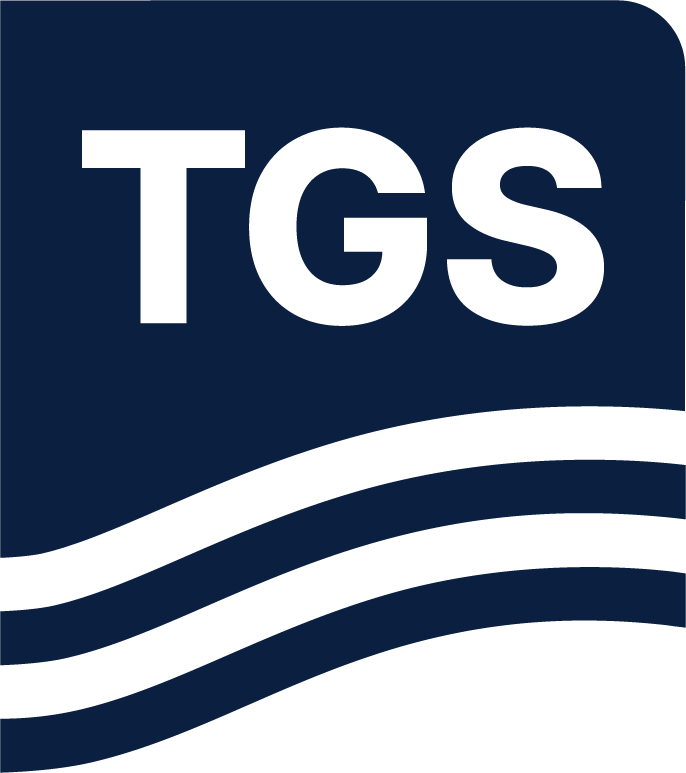Underground opportunity meets digital demand—energy’s new frontier in the Midwest.
Oil Production Trends
The Illinois Basin has not historically been thought of as a promising area for oil and gas investment. Being situated in the middle of the country, far away from existing gas or oil infrastructure, poses significant challenges and cost burdens. But the emergence of AI and cloud computing data centers has changed the game. Many of these data centers draw so much power that they are destabilizing power grids and causing regional spikes in energy markets. It's no wonder that many data center providers are moving away from the grid and looking to secure their own supply and infrastructure for power. And many long-abandoned or unexplored fields in the Illinois Basin may be a promising option.
The Illinois Basin produces 10 – 12 million barrels of oil annually, and new pricing incentives are attracting serious capital and technical interest as operators rediscover overlooked opportunities and scalable field development strategies. Black Gold Exploration (BGX) recently marked a major milestone in early 2025 by drilling the Fritz 2-30 well in Clay County, Indiana – reawakening interest in a productive zone first drilled 17 years ago but sidelined due to low oil prices. Through a joint venture, BGX confirmed multiple oil-bearing pay zones, demonstrating rapid production potential and solidifying the commercial viability of the project.


Figure 1. EIA and TGS Oil and Gas Production by State
Introduction to the Geology of the Illinois Basin
The Illinois Basin is an extensive interior cratonic depression underlying much of Illinois and parts of Indiana and Kentucky, encompassing about 110,000 square miles. Its formation began during the late Precambrian to Early Cambrian when the region experienced rifting, followed by a long period of subsidence that allowed sediments to accumulate over hundreds of millions of years. As a result, the basin is filled with a sequence of predominantly marine sedimentary rocks dating from the Cambrian through the Pennsylvanian periods, reaching thicknesses up to 15,000 feet in some central areas. Over time, tectonic activity shaped major structural features including the LaSalle Anticline, Fairfield Basin, DuQuoin Monocline, and the Rough Creek–Shawneetown Fault System, the latter of which divides the basin into northern and southern portions with differing geologic character. The rich stratigraphic and structural complexity of the Illinois Basin has endowed it with abundant natural resources, making it a region of scientific and economic importance.
Many of the primary target zones still have significant unexplored or undeveloped oil and gas reserves, according to a USGS assessment. Notably, the Moccasin Springs Upper Silurian Carbonates have an estimated 51 MMBO and 56 BCF of remaining reserves, while the Ordovician St. Peter/Everton intervals have an estimated 72 MMBO and 86 BCF remaining reserves. Figure 2 shows these intervals’ stratigraphy across the basin.

Figure 2. TGS B-B Northeast-Southwest Cross Section
Data Center Expansion and Energy Demand
At the same time, Illinois and the broader Midwest have become a national hub for hyperscale data centers, driven by the global acceleration of AI, cloud services, and digital infrastructure. The expansion of these facilities is creating extraordinary demand for reliable electricity and energy security, precipitating a 30% projected increase in state-wide electricity requirements over the next fifteen years.

Figure 3. TGS data along with planned hyperscale data centers
The following major hyperscale data center campuses reflect billions in investment and growing demand for scalable infrastructure to serve cloud, AI, and enterprise workloads:
- Compass Data Centers – Hoffman Estates Campus:
This development will transform the 197-acre former Sears headquarters site into five hyperscale data centers, with an estimated $10 billion in investment. Construction is underway, with the first facility expected to be powered by ComEd in mid-2026. - Meta (Facebook) – DeKalb Data Center:
The existing four-building campus is set for further expansion to support immense data requirements. The site is centered near Gurler Road in the city’s industrial corridor. - Microsoft – Northlake Campus:
Microsoft is preparing to expand its hyperscale footprint here as part of its ongoing regional strategy. - T5 Data Centers – Grayslake Campus:
Announced 1.2GW planned capacity across 20 buildings, making it the largest regional hyperscale development, with phase one delivery set for 2027. - Prologis – Project Steel (Yorkville):
This 540-acre campus will feature 24 two-story hyperscale data center buildings. Initial construction is planned for summer 2027, with phased buildout over 20 years. - Stream Data Centers – Elk Grove Village Campus:
The Stream Chicago III two-story hyperscale facility is underway, designed for 40MW IT load. - Edged Data Centers – Aurora Campus:
Advancing a new ultra-efficient, AI-focused campus for major cloud and tech companies.
Integrated Datasets
Detailed datasets – such as those provided by TGS, which include over 2,400 petrophysical logs, 875 digitized core reports, and reservoir property maps with 1 km² resolution (see Figure 4) – are supporting new approaches to oilfield development and energy planning in the Illinois Basin. This information helps operators optimize drilling programs, improve reservoir understanding, and plan long-term resource management strategies that match the Midwest’s evolving economic needs.

Figure 4. Devonian Carbonate Reservoir Property Maps. TGS Reservoir property maps are at a 1 km2 grid scale and are created from regional petrophysical interpretation
For more information about TGS Well Data Analytics or to schedule a demo, contact us at WDPSales@tgs.com.

